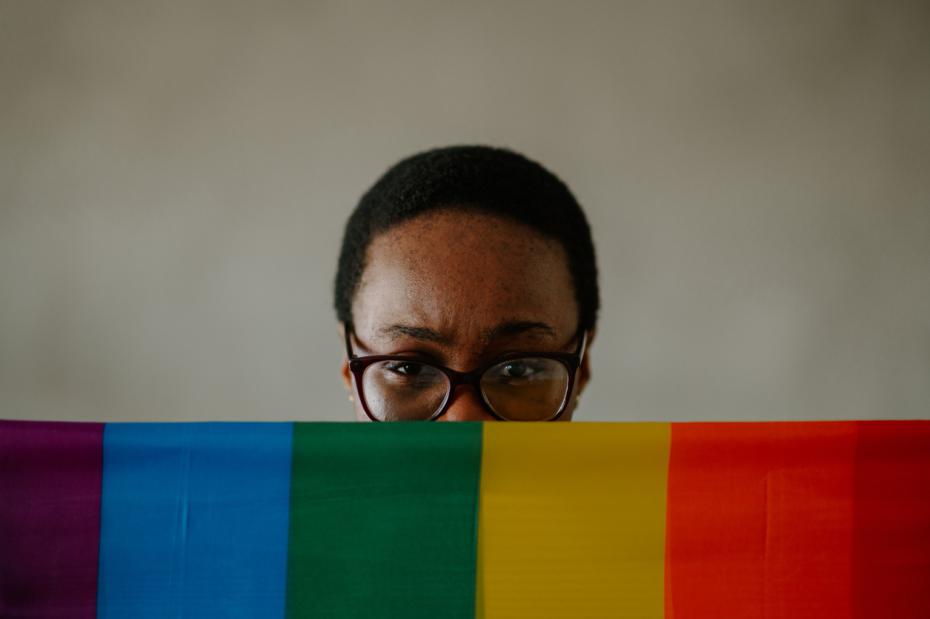
Breaking the homonegative life cycle for lesbian, gay and bisexual students in Jamaica
Lesbian, gay and bisexual students in Jamaica experience education punctuated by discriminatory treatment. Craig McNally looks at what university leaders must do to break this homonegative cycle and create inclusive campuses
You may also like
Popular resources
In anglophone Caribbean society, homosexuality is a socially disruptive issue characterised by stigma and discrimination towards people based on their actual or perceived lesbian or gay identity. The region’s militant heterosexist ideology means that bisexuality is also subject to discrimination and physical threats.
The lived experiences of lesbian, gay and bisexual (LGB) students should be at the heart of contemporary educators’ concerns in the anglophone Caribbean. The coupling of educational leadership and sexuality is significant because inclusion and collective consciousness are critical tenets of educational leadership. It is educational leaders who should lead social change, particularly in support of vulnerable or marginalised students, promoting a culture that measures student success as being more than academic achievement.
Successful educational institutions are those with leaders who create positive environments that are responsive to students’ social, emotional and physical needs. Initiatives that support stigmatised campus groups such as LGB students ultimately benefit the whole institution. Universities gain from increased student retention, improved institutional reputation, the formation of a respectful, cooperative, equitable and civil campus environment, minimal time spent addressing adverse incidents, and managing psycho-emotional distress.
- Five simple ways to make your classroom more LGBTIQ+ friendly
- Work ‘with’ not ‘on’: making social research more inclusive for LGBT+ people
- Managing excluding behaviour and bigotry in the classroom
In 2022 I carried out a phenomenological study of the lives of 27 students and alumni of four Jamaican universities who identify as LGB and sought to gather perceptions about LGB students from 17 educational leaders at eight universities. Many LGB students in Jamaica drop out of higher education because of discriminatory treatment and a lack of support, services and systems that aid their educational experience, the data revealed. Others remain at university and experience homonegative treatment from fellow students, faculty and other staff, leading to stress, loss of confidence, depression, suicidality and self-exclusion.
The universities in which these LGB students enrol seem unable, or perhaps unwilling, to stand against the heterosexist power systems of wider society.
Contemporary Trauma Theory (CTT) provides a theoretical framework for conceptualising and categorising these negative lived experiences as trauma. CTT identifies past and current significant episodes of dealing with and responding to homonegativity as constituting a life cycle of trauma.
Long before entering university, LGB students are confronted with homonegativity, the study uncovered. Adolescence is a difficult period of psycho-emotional and physical change for all but, for LGB youth, it is particularly challenging, as their lives are blighted by discrimination on primary and secondary school campuses where heteronormativity is mandatory.
Accounts in the Jamaican media describe primary and secondary school pupils being penalised by peers and trusted adults for supposedly breaching gender and sexuality codes. These accounts highlight that long before LGB students get to university, they are likely to experience multiple adverse childhood experiences.
Based on the study informants’ narratives, it was possible to craft a developmental timeline of homonegative adverse childhood experiences (see downloadable document above) which indicate that, among other things, most LGB students become aware of their same-sex attraction and religious homonegative values at primary school. At the high school level, LGB students often experience a major crisis which can result in them having to change schools or relocate from their community. By the time LGB students commence university, they are battle-worn. Their relationship to religion has shifted, many have tried reparative therapy, and a significant number have suffered mental health problems.
The experiences of LGB students make a compelling case for university leaders to shape institutions that contrast with primary and secondary settings and do not re-traumatise. Action that interrupts the trauma lifecycle of LGB students should be guided by a trauma-informed care model of educational leadership. What follows is a summary of phases that are critical to systematising this model:
Step 1: Leadership philosophy
Start by adopting leadership philosophies that support the creation of diversity focused, trauma-informed campuses.
Moral leadership provides the why to drive change, situating educational leadership in core principles and values that invest leaders with moral confidence to do what is right.
Distributed leadership informs how to go about effecting change. Unlike top-down leadership, a distributed approach relies on a collaborative framework of staff, faculty and other stakeholders contributing their talents and skills to drive organisational change, in this instance to create an inclusive culture. Distributed leadership enables LGB students’ involvement.
While moral and distributed leadership each have stand-alone capacity to influence systematic changes on campus, together they are more powerful, resulting in leadership that is socially and culturally responsive to the needs of all stakeholders, but especially LGB student populations.
Step 2: Evaluation
At this phase, higher educational leaders assess whether their institutions are trauma-sensitive communities in which LGB students enjoy citizenship, or homonegative campuses that minoritise, stigmatise and discriminate against certain groups.
Evaluation is multifaceted, and requires educational leaders to be empathetic, reflexive and responsive. It begins with an awareness of the developmental timeline of LGB students, as outlined in the diagram above, and then determining where they might be on their individual educational journeys. Because the timeline acts like a map and brings into focus the homonegative experiences of students, it empowers educational leaders to make informed decisions about the measures needed to ensure the physical and psycho-emotional safety of the campus.
A vital component of the evaluation involves those at the top investigating how much student diversity is considered an institution-wide imperative at every level of the university. An evaluation of leaders themselves will also unveil educational philosophies, unique and shared meanings and values, as well as how LGB students are perceived.
Finally, educational leaders must assess institutional policies and practices to ensure they align with, and support institutional goals that foster a diverse, inclusive and homopositive campus culture.
Step 3: Policy development
The evaluation will reveal whether existing policies and guidelines designed to protect and support all students are lacking or even reinforce trauma. This can inform changes to existing policies or spur the development of new ones where need is identified.
Non-discrimination policies, for example, should provide clear direction on the machinery and systems needed to promote a diversity-rich environment, on how to identify behaviours that violate the institution’s diversity values, how to submit and receive reports of misconduct or discrimination, and, lastly, how the institution will address complaints.
New policies should clearly define what diversity means to the institution, and the types of diversity supported. Universities should loudly affirm diversity as positive. Educational leaders must be clear that diversity acts to strengthen the institution, stimulates creativity, promotes the exchange of ideas, and enriches campus life.
This trauma-informed model of higher education leadership is built on principles of safety, trustworthiness, choice, collaboration and empowerment. The model recognises all educational partners as crucial actors in preventing re-traumatisation, fostering homopositive classrooms, and by extension shaping university campuses that are inclusive, intentional, and systematic in responding to diversity of all types.
Craig McNally is a licensed associate counselling psychologist who works as the senior counsellor at the University of Technology, Jamaica. He is currently on secondment at the University of the West Indies.
If you found this interesting and want advice and insight from academics and university staff delivered direct to your inbox each week, sign up for the Campus newsletter.





Comments (0)
or in order to add a comment